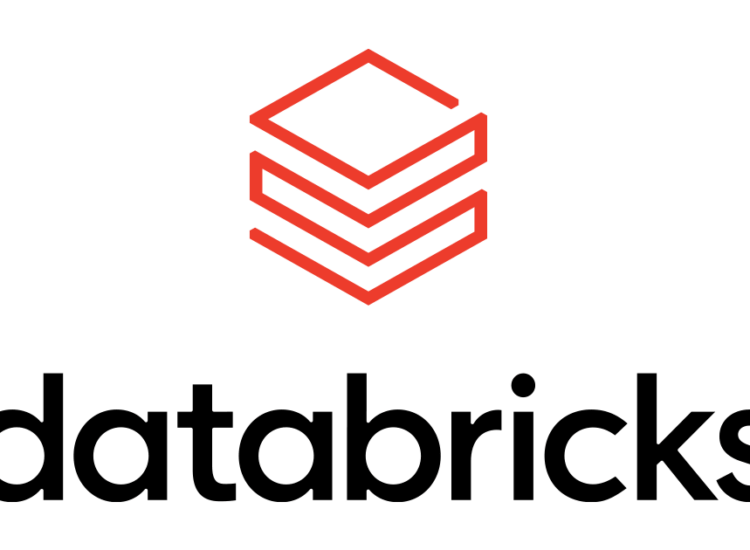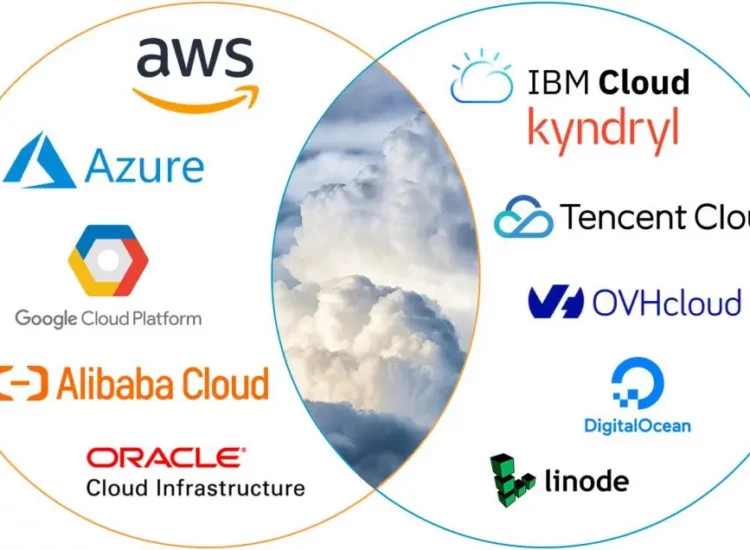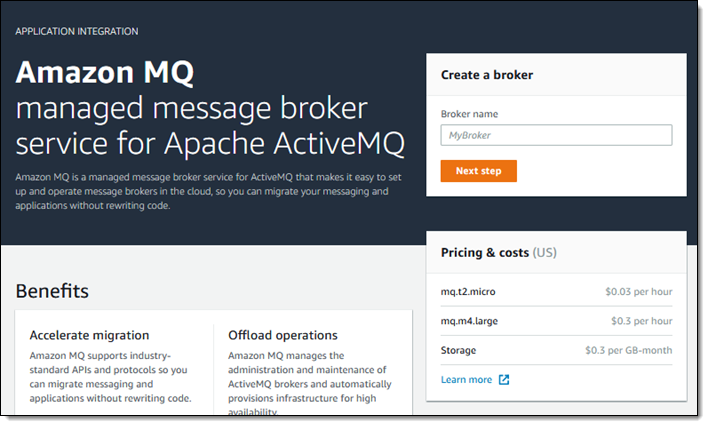In an era where digital presence dictates market success, performance marketing has emerged as a critical strategy for marketers aiming to optimize their online activities. Unlike traditional marketing approaches, performance marketing focuses on achieving specific actions and optimizing marketing spends based on measurable results. This article dives deep into the world of performance marketing, highlighting its significance, how it stands out from traditional strategies, key metrics for success, and what the future holds.
Toc [Hide]
- 1. Introduction to Performance Marketing
- 2. Performance Marketing vs. Traditional Marketing
- 3. Key Metrics for Performance Marketing Success
- 4. Examples of Successful Performance Marketing Campaigns
- 5. Emerging Platforms and Channels in Performance Marketing
- 6. Future Challenges and Opportunities in Performance Marketing
- 7. Conclusion
Introduction to Performance Marketing

What is Performance Marketing?
Performance marketing is a type of online advertising where advertisers only pay for their ads when they achieve a specific action, such as a sale or lead. Unlike traditional marketing methods, performance marketing relies on data and analytics to track and measure the success of campaigns. This means that marketers have more control over their spending and can make informed decisions based on real-time results.
How Does it Work?
Performance marketing operates on a pay-for-performance model, which means that advertisers only pay when a desired action is achieved. This could be in the form of a sale, lead, website visit, or any other agreed-upon action. Advertisers work with performance marketing agencies or networks to place their ads on various platforms such as search engines, social media sites, and affiliate websites. The agency or network then tracks the performance of these ads and charges the advertiser based on the agreed-upon metrics.
Importance in Today’s Digital World
In today’s fast-paced digital landscape, where every click can be tracked and analyzed, the importance of performance marketing cannot be overstated. It allows businesses to move beyond traditional brand awareness campaigns to strategies that directly influence sales and conversions. With performance marketing, businesses can focus their efforts on targeting and engaging with their ideal audience, resulting in higher returns on investment.
Performance Marketing vs. Traditional Marketing
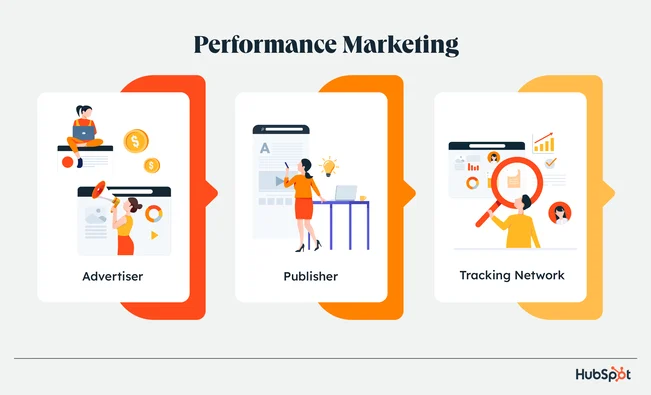
While traditional marketing focuses on creating brand awareness and reaching a wide audience, performance marketing is all about driving measurable actions. Here are some key differences between the two approaches:
Cost Structure
Traditional marketing follows a pay-per-impression or pay-per-click model, where advertisers pay for each ad placement regardless of its effectiveness. In contrast, performance marketing operates on a pay-for-performance model, where advertisers only pay when a specific action is achieved. This means that businesses can save money by avoiding paying for ads that do not drive results.
Measurable Results
One of the most significant advantages of performance marketing is its ability to track and measure ad performance in real-time. With traditional marketing, it can be challenging to determine the success of a campaign as there are no clear metrics for success. Performance marketing, on the other hand, relies on data and analytics to track key performance indicators (KPIs) such as conversions, click-through rates, and return on investment.
Targeting Capabilities
Traditional marketing often relies on mass messaging to reach a broad audience in hopes of capturing potential customers. Performance marketing takes a more targeted approach, allowing businesses to reach specific demographics and audiences based on their interests and online behavior. This results in more efficient ad spend and a higher likelihood of conversions.
Key Metrics for Performance Marketing Success
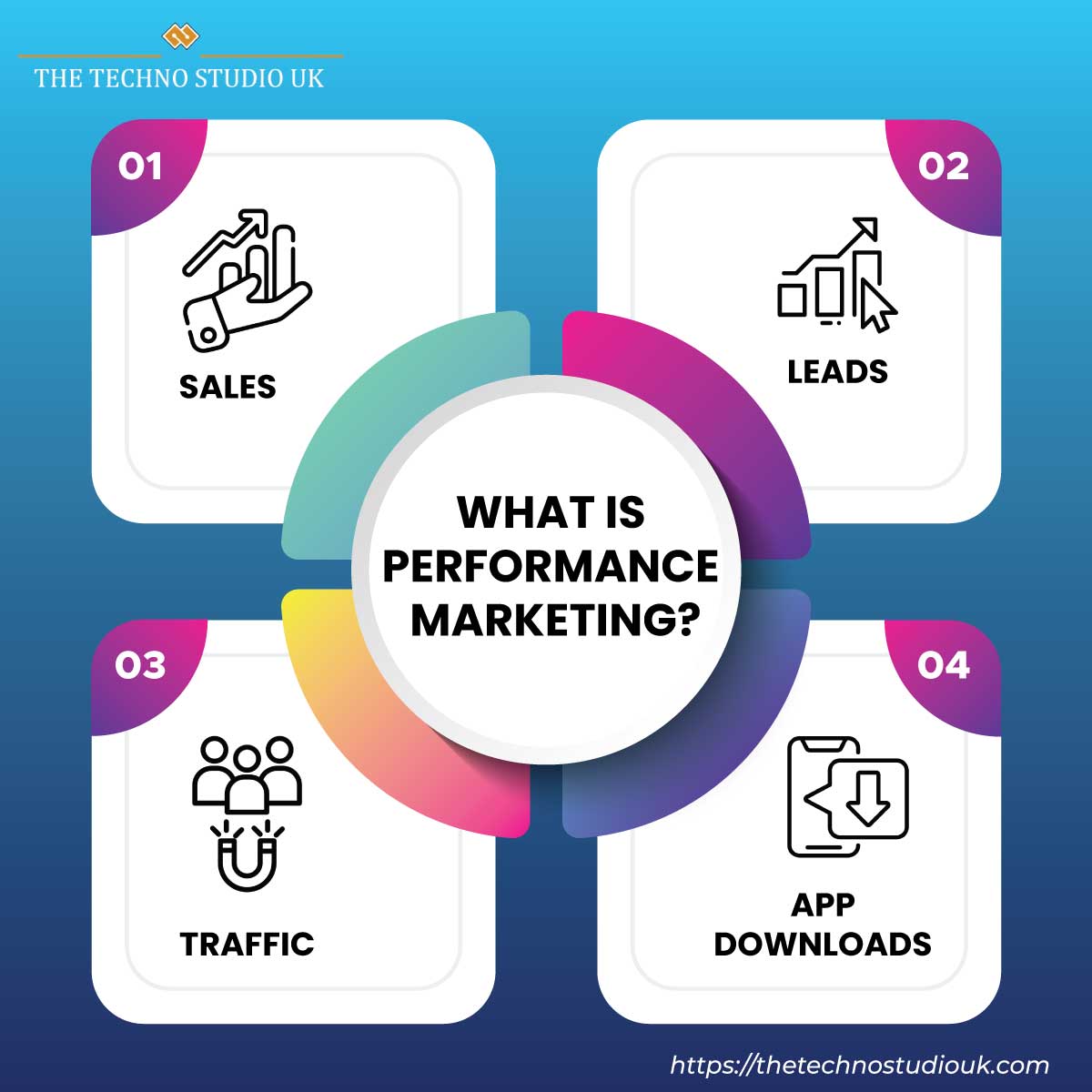
To accurately gauge the success of a performance marketing campaign, businesses must diligently track and analyze specific metrics that reflect the campaign’s effectiveness and efficiency. Below are some pivotal indicators that should be closely monitored for a comprehensive understanding:
Cost Per Acquisition (CPA)
CPA is a vital metric that quantifies the cost associated with acquiring one new customer through a specific campaign. This metric is instrumental in determining the economic efficiency of an advertisement campaign. By evaluating CPA, businesses can gain valuable insights into how well their marketing budget is being utilized, allowing them to optimize their spending for better outcomes.
Conversion Rate
The conversion rate is a critical metric that measures the percentage of website visitors who take a desired action, which could range from making a purchase to signing up for a newsletter or filling out a registration form. Tracking the conversion rate is essential for businesses as it offers a clear view into the effectiveness of their website and the performance of their advertisements. A higher conversion rate typically indicates that a website and its associated marketing efforts are successfully resonating with the target audience.
Return on Investment (ROI)
ROI is a crucial metric that evaluates the profitability of a campaign by comparing the total revenue generated by the campaign to the amount invested in the advertising efforts. This metric is fundamental for businesses aiming to determine the overall success of their performance marketing strategies. A positive ROI signifies that the campaign is generating more revenue than the cost associated with running it, highlighting its effectiveness.
Return on Ad Spend (ROAS)
ROAS is a key metric that calculates the revenue generated for every dollar spent on advertising. This metric is essential for assessing the effectiveness of a campaign and is particularly critical in performance marketing, where the focus is on generating tangible results. A higher ROAS indicates that the advertising spend is translating into significant revenue, pointing to successful performance marketing outcomes.
By meticulously monitoring these metrics, businesses can not only assess the current success of their performance marketing campaigns but also derive actionable insights to continually refine and enhance their marketing strategies for future endeavors.
Examples of Successful Performance Marketing Campaigns

Case Studies
Performance marketing has proven to be a highly effective strategy for businesses of all sizes and industries. Here are some examples of successful performance marketing campaigns:
Airbnb: In 2015, Airbnb launched a performance marketing campaign aimed at increasing bookings on their platform. By working with affiliate partners and targeting specific travel audiences, the company was able to generate over $2 billion in bookings and achieve a 300% return on investment.
Dropbox: Dropbox’s referral program is often cited as one of the most successful performance marketing campaigns in recent years. By offering incentives to existing users who referred new customers, Dropbox was able to rapidly grow its user base from 100,000 to over 4 million in just 15 months.
Social media platforms offer targeted advertising options that allow businesses to reach specific demographics and audiences based on their interests and behavior. These platforms also provide robust analytics tools that enable businesses to track and measure the success of their ad campaigns in real-time, making them an ideal platform for performance marketing.
Starbucks: In 2017, Starbucks launched a highly successful social media advertising campaign aimed at promoting their holiday gift cards. By targeting specific audiences on Facebook and Instagram, the company saw a 6% increase in sales of their holiday gift cards and achieved a ROI of 1,200%. This campaign’s success was largely due to its focused targeting and efficient use of social media advertising.
Influencer Marketing
Influencer marketing has become increasingly popular in recent years as a form of performance marketing. By partnering with influencers who have a significant following and influence in their niche, businesses can leverage their audience to promote products or services, resulting in increased brand awareness and conversions.
Daniel Wellington: Watch brand Daniel Wellington has seen massive success through its influencer marketing campaigns on social media platforms like Instagram. By partnering with popular fashion, travel, and lifestyle influencers, the company has reached a wide and engaged audience, leading to high levels of brand awareness and significant sales growth.
Tips for Effective Performance Marketing
To maximize the effectiveness of performance marketing campaigns, marketers should focus on targeting the right audience, choosing appropriate channels, and continuously testing and optimizing their strategies based on performance data. Additionally, building strong partnerships with publishers and leveraging data analytics can help drive success.
Emerging Platforms and Channels in Performance Marketing
In the evolving landscape of digital marketing, staying ahead involves tapping into emerging platforms and channels that can offer unique advantages for performance marketing efforts. With the digital world constantly changing, marketers need to explore new territories that can help them connect with their target audience more effectively. Here are some platforms and channels gaining traction:
Exploring New Digital Landscapes
The digital marketing landscape is constantly evolving, with new platforms and channels emerging as pivotal arenas for performance marketing. Platforms such as TikTok, Twitch, and Clubhouse have opened new pathways for brands to connect with audiences in more engaging and interactive ways. Understanding and leveraging these platforms can be a game-changer for marketers looking to stay ahead in the competitive digital space.
TikTok: A Hub of Creative Opportunities
TikTok, with its short-form video content, offers a unique blend of creativity, virality, and engagement. For performance marketers, the platform is a goldmine for driving brand awareness and conversions among younger demographics. Its algorithm favors content creativity and user interaction, making it essential for marketers to craft compelling, authentic content that resonates with the TikTok community.
Twitch: Engaging Through Live Streaming
Originally popular among the gaming community, Twitch has broadened its appeal across various content categories, making it a valuable channel for live stream engagements. Performance marketers can leverage Twitch through influencer partnerships or branded content to tap into dedicated communities and foster real-time interactions and conversions.
Clubhouse: The Rise of Audio Content
Clubhouse, an audio-chat platform, has shown the growing appetite for audio-based content. Here, performance marketers have the opportunity to build thought leadership and community around niche topics. Participating in or hosting rooms can drive engagement and deepen connections with target audiences in a more personal and intimate setting.
As these platforms continue to grow, they will provide fresh avenues for performance marketing strategies focused on engagement, innovation, and direct interaction. Marketers need to stay agile, keeping an eye on the changing digital landscape and experimenting with these emerging channels to find new ways to connect with their audience and drive results.
Future Challenges and Opportunities in Performance Marketing
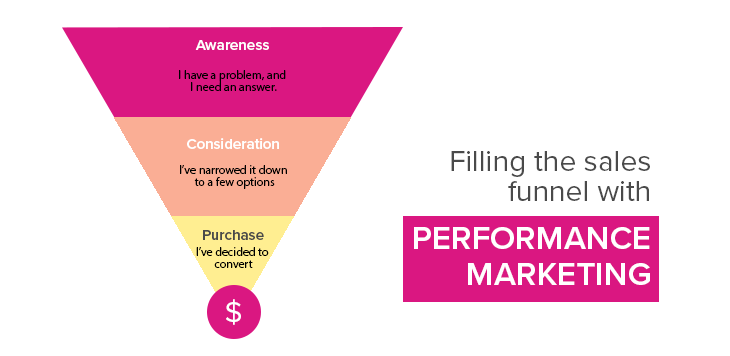
The realm of performance marketing is constantly faced with evolving challenges and opportunities as technology advances and consumer behaviors shift. One of the significant challenges is the increasing concern over privacy and data protection. With regulations such as GDPR (General Data Protection Regulation) and CCPA (California Consumer Privacy Act) coming into play, marketers must navigate the complex landscape of legal compliance while still achieving effective targeting and personalization.
Anticipating and Adapting to Technological Advancements
The rapid pace of technological change presents both challenges and opportunities for performance marketing. Innovations in artificial intelligence (AI), machine learning, and data analytics will continue to transform how marketers target and engage with their audiences. Staying ahead requires constant learning and adaptation to leverage these technologies effectively for enhanced personalization and predictive analytics.
With the increasing focus on privacy and data protection, performance marketers must be vigilant in navigating regulations like GDPR and CCPA. Adhering to these regulations poses a challenge but also an opportunity to build trust with consumers by championing privacy and transparent data usage.
Exploiting the Potential of Emerging Platforms and Channels
The digital landscape is continuously evolving, with new platforms and engagement channels emerging regularly. Marketers need to be agile, exploring and capitalizing on these new venues to reach their audience where they are most active. Identifying and mastering these new platforms early can provide a competitive edge.
Addressing Ad Fatigue and Enhancing User Experience
As consumers become increasingly bombarded with advertisements, creating campaigns that cut through the noise without causing ad fatigue will be crucial. This challenge emphasizes the opportunity to innovate in content delivery, ensuring that marketing messages are not only targeted and personalized but also engaging and valuable to the user experience.
Leveraging Data for Sustainable Growth
The abundance of available data offers immense opportunities for performance marketing optimization. However, the challenge lies in effectively analyzing this data to derive actionable insights. Marketers must focus on developing skills in data science and analytics to understand customer behavior deeply and drive sustainable growth.
These challenges highlight the need for performance marketers to remain adaptable, innovative, and committed to ethical practices. By overcoming these obstacles, marketers can unlock new opportunities for engagement, personalization, and growth in the ever-evolving digital landscape.
Conclusion

Performance marketing represents a shift towards more accountable and data-driven marketing strategies. By focusing on measurable results, marketers not only justify their budgets but also contribute directly to their company’s growth. Industry experts like Neil Patel, Rand Fishkin, and Ann Handley agree that the future of marketing lies in leveraging data to make informed decisions and drive meaningful actions. As we look towards the future, performance marketing will undoubtedly play a pivotal role in shaping successful digital marketing strategies.
In the rapidly evolving digital marketing landscape, performance marketing stands out as a beacon of efficiency and effectiveness. By harnessing the power of data and focusing on tangible results, marketers can unlock unprecedented levels of success and innovation.
